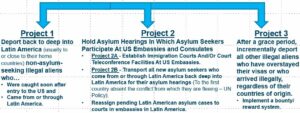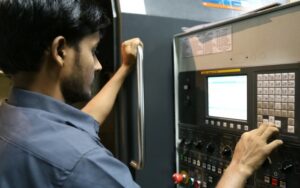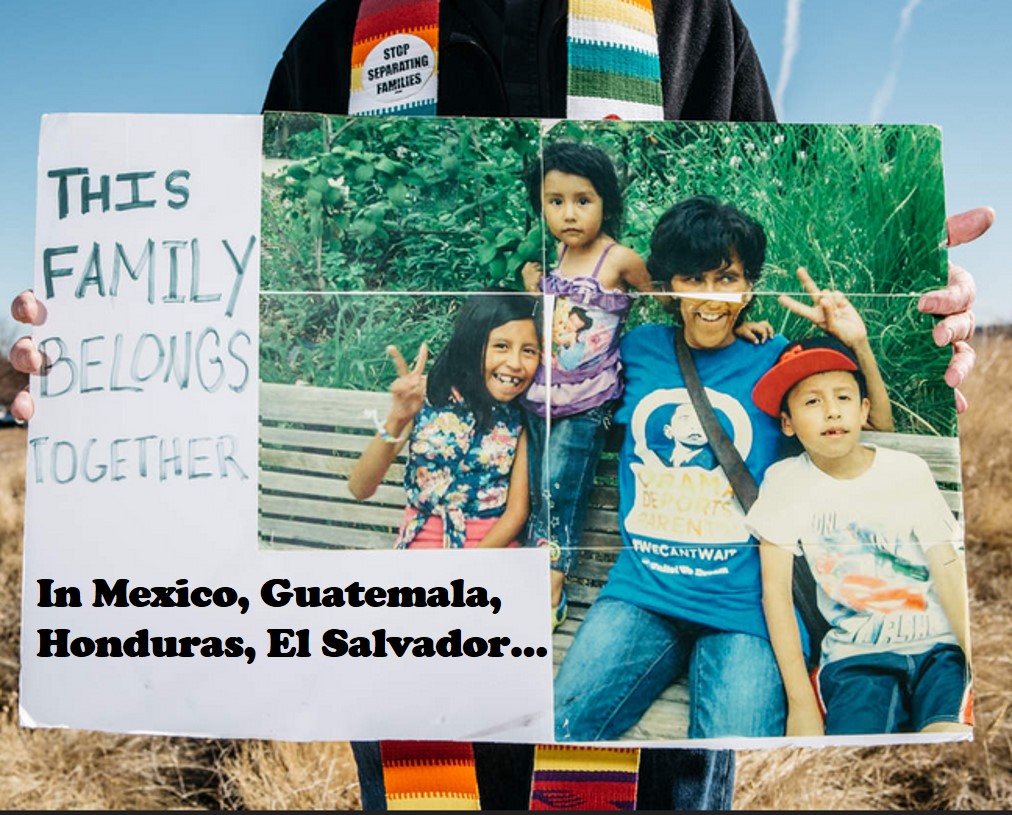Hold Asylum Hearings In Which Asylum Seekers Participate At US Embassies and Consulates
This project will reduce by at least 85-95% the number of requests for asylum that are not credible.[1] This is because the asylum seekers will be awaiting their asylum hearings in Latin America, not in the United States. Therefore, they won’t have the opportunity that so many of them take to just blend into the US population and economy. So the vast majority who don’t have credible asylum claims will not be motivated to come here.
This is a two-part project that requires:
- Establishing immigration courts at US embassies and consulates in Latin America and/or establishing video conferencing facilities at those embassies and consulates from which asylum seekers would participate in their asylum hearings with Immigration Judge Teams located at video conferencing facilities in the US.
- Sending Latin American asylum seekers either back to their home countries or the first countries absent the conflicts from which they are fleeing (per UN policy). They can wait for and participate in their asylum hearings in those countries, instead of in the US.
Project 2A - Establish Immigration Courts And/Or Immigration Court Teleconference Facilities At US Embassies And Consulates
Immediately begin to…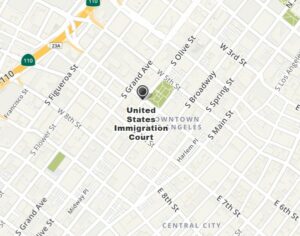
- Assign a substantial number of US immigration judges[2] to US embassies and consulates, especially in Latin America, and/or
- Expand video teleconferencing facilities[3] in…
- US embassies and consulates in foreign countries and
- Immigration court locations in the US, so that immigration judge teams that are in the US can hear asylum request cases by individuals who are physically located in those foreign countries.
These actions are in preparation for holding immigration hearings in the asylum seekers’ home countries or the first countries absent the conflict from which they are fleeing. Which embassies and consulates have immigration judges assigned there and which get expanded teleconferencing facilities should be determined on a cost effectiveness basis.
- This also does not mean that those US immigration judges would have meaningful “jurisdiction” that binds the governments of those foreign countries.
- US embassies and consulates are “American soil” in these foreign countries.
- Additional facilities to house these immigration courts and teleconference facilities could be purchased or leased and designated as US embassy or consulate annexes.
- The US government makes a many kinds of immigration-related decisions at our embassies/
- In the same way, decisions about these asylum requests are entirely within the scope of US jurisdiction. They don’t obligate those Latin American governments to do anything dictated by those courts. And those decisions can be made where the US has jurisdiction: at our embassies and consulates or at DOJ facilities in the US.
Project 2B – Move Latin American Asylum Seekers[4] Back Deep Into Latin America For Their Asylum Hearings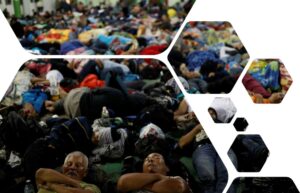
Credible asylum seekers who came from or through Latin America and who are newly arrived in the United States should be moved immediately to back to Latin America, either to their home countries or to the first country there that is absent the conflict from which they are fleeing. This includes those who are from Latin America or who came through Latin America from other parts of the world, such as Africa, Asia, and the Middle East. Those from South America can, for example, be dropped off in southern Panama; they can make their way home from there. Those who genuinely want asylum (which is a very small minority) can wait for their US asylum hearings in those Latin American countries, where their hearings can be conducted at an embassy or consulate (often via teleconference). Or they can apply for asylum in the first Latin American country from which they are fleeing (per the United Nations policy). Or they can self-deport to another country other than Mexico or Canada.
The knowledge that they will be waiting for their asylum hearings in those Latin American countries, instead of in the US or within a few miles of the US border, should go a long way toward deterring false claims of asylum.
The US should also transport to Latin American countries (at minimum much further south in Mexico) those who are now awaiting their US asylum hearings in northern Mexico, which would help relieve the humanitarian crisis there.
DHS should institute and widely publicize a new policy that…
- All asylum hearings for those aliens who already have been released into the US will be now be held in those Latin American locations, and that
- These aliens should turn themselves in to expedite their movement via ship to those countries.
If Latin American governments refuse to support this approach, the US should increase tariffs, reduce or cut off their foreign aid, and use the US Navy (with ships like Wasp Class amphibious assault ships) to deliver these illegal aliens to beaches in Latin America.
[1] About 97% of Latin American asylum seekers reportedly either don’t show up for their asylum hearings or their requests are denied
[2] US Immigration Courts and the immigration judges in them are managed by the Justice Department’s Executive Office for Immigration Review
[3] The judge teams that are part of the DOJ Executive Office For Immigration Review, and that hear asylum request cases already use video teleconferencing to conduct hearings on a very limited basis.
[4] The State Department will need to develop special procedures to ensure that asylum seekers who are unaccompanied minors have friends, family, or other acceptable accommodations waiting for them in the countries to which they are being removed.
After Reading This, Take The Following Actions
- Contact those you know (friends and family) who might support this plan, and your US House and Senate members, President Trump and the leadership of DHS and DOJ. Ask them to actively support the Fix Our Borders Now Solution to illegal migration.
- Make a tax deductible donation to Fix Our Borders Now so that we can promote an actual solution. Together we can end our illegal migration crisis.

